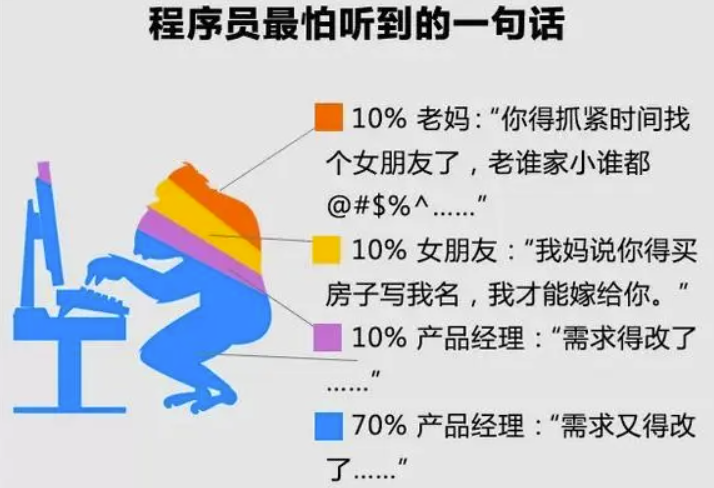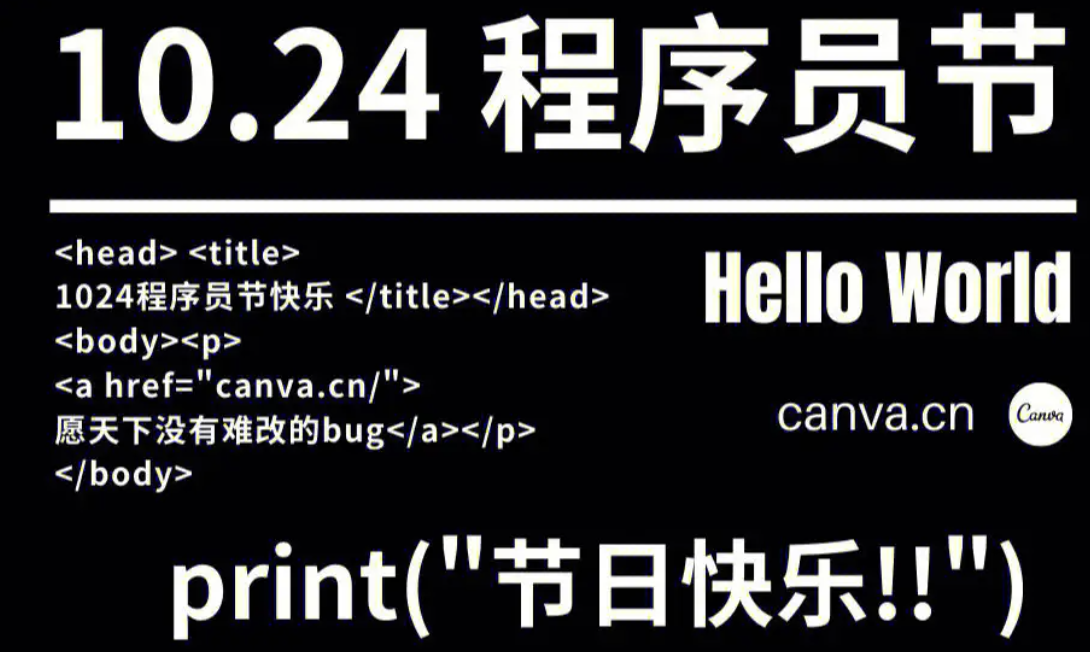在 UniApp 中使用 WebRTC,可以通过以下步骤进行集成:
1. 引入 WebRTC 相关库
首先,确保你的项目支持 WebRTC。通常情况下,现代浏览器(包括移动浏览器)都支持 WebRTC,但你可能需要在项目中引入相应的 polyfill 库来兼容旧版本。
2. 创建视频通话功能
下面是一个基本的使用示例:
a. 在页面中添加视频元素
<template>
<view>
<video id="localVideo" autoplay playsinline></video>
<video id="remoteVideo" autoplay playsinline></video>
</view>
</template>
b. 使用 JavaScript 初始化 WebRTC
<script>
export default {
data() {
return {
localStream: null,
peerConnection: null,
remoteStream: null,
};
},
methods: {
async startCall() {
// 获取本地媒体流
this.localStream = await navigator.mediaDevices.getUserMedia({ video: true, audio: true });
const localVideo = this.$refs.localVideo;
localVideo.srcObject = this.localStream;
// 创建 RTCPeerConnection
this.peerConnection = new RTCPeerConnection();
// 添加本地流到连接中
this.localStream.getTracks().forEach(track => {
this.peerConnection.addTrack(track, this.localStream);
});
// 设置远端流回调函数
this.peerConnection.ontrack = (event) => {
const remoteVideo = this.$refs.remoteVideo;
if (!this.remoteStream) {
this.remoteStream = new MediaStream();
remoteVideo.srcObject = this.remoteStream;
}
this.remoteStream.addTrack(event.track);
};
// 创建 Offer 并设置 Local Description...
},
async handleIncomingCall(offer) {
// 设置远端描述并创建 Answer...
}
}
};
</script>
3. 信令机制
WebRTC 通信需要一种信令机制来交换连接信息(如 SDP 和 ICE 候选者)。可以使用 Socket.io、WebSocket 或其他实时通信协议实现信令。
注意事项:
- 确保 HTTPS 安全上下文下运行。
- 针对不同平台(如小程序),可能需要根据平台特性进行适配。
- 在真实环境中,还需考虑网络情况、ICE候选者收集等问题。
这些是 UniApp 中基本集成 WebRTC 的步骤,具体实现可能因应用需求而异。如果有更详细的需求或问题,请告知!
内容由零声教学AI助手提供,问题来源于学员提问




















